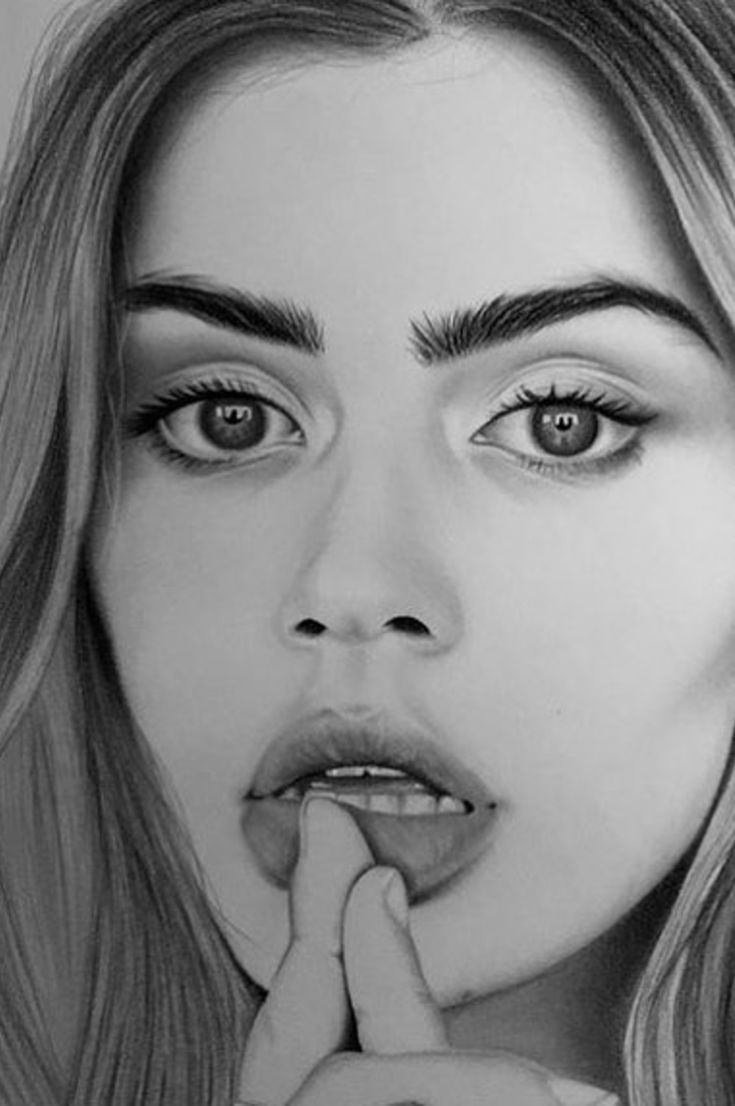

In 1969, Rita Levi-Montalcini returned to Italy to manage the Centre of Neurobiology of the National Research Council (Rome), but continued to “commute” between the United States and Italy in order to monitor her laboratory at Washington University. Another fascinating book, “Cantico Di Una Vita” ( Levi-Montalcini, 2000), tells the story of NGF discovery by means of the letters that Rita wrote daily to her mother and twin sister (and latterly to her nephew). I have listed only a few examples here, since her biography and the story of NGF discovery are well known and described in the books “In Praise of Imperfection,” her autobiography ( Levi-Montalcini, 1988) and “The Saga of Nerve Growth Factor” ( Levi-montalcini, 1997).
#Drawing inspiration free#
Ultimately, she demonstrated that she was a free thinker upon leaving Italy (as a lone woman, in 1946) to continue her research in the United States, and when she subsequently conceived the “theory of neurotrophins,” despite it being against the current flow of ideas on nervous system development. She was forced to publish through Vatican and Belgian scientific journals since Jews were not allowed to publish in other journals. Following her expulsion from university due to the Fascist racial laws, she set up a small laboratory in her bedroom, so as not to interrupt her research. As a young girl, she decided to become a doctor following the premature death of her childhood nanny, against the wishes of her family. Subsequently, Rita Levi-Montalcini remained a lifelong free thinker, something of which she has given us countless examples. When she asked her father what she should say when her friends inquired about her religion, he replied: “You tell them that you are a free thinker.” When Rita played in the park as a child, her friends used to ask her two questions: what does your father do? What is your religion? Rita had no difficulty in answering the first question: her father was an engineer, but, having been raised in a non-religious home, she was not able to respond to the second question. When I visit schools to tell young students about Rita Levi-Montalcini, I always start by repeating the story described in the first few pages of her autobiography ( Levi-Montalcini, 1988) that, in my opinion, represents a defining moment in her life. Rita Levi-Montalcini was born in 1909 in Turin and her life was both long and extraordinary. I hope she will always continue to be a source of inspiration for scientists in the future. Indeed, I believe the best way to celebrate Rita Levi-Montalcini as a woman in neuroscience is to recount how her exceptional example is a constant reminder as to why I have chosen to be a scientist. This approach has always helped me to move forward.


My experience with Professor Levi-Montalcini has also provided me with a reliable path to follow, and when I encounter difficulties and challenges, I ask myself what would she have done. I was just a young researcher and deeply flattered that a Nobel Laureate, with an incredible career and extraordinary life, treated me as her equal.
#Drawing inspiration how to#
I also learned from her how to overcome those difficulties that are so frequent in the research field, always keeping in mind the starting point and looking toward the objective, with a factual optimism. With her welcoming and warm-hearted disposition, she taught me how to consider other people’s ideas without prejudice, to reason and not to exclude any hypothesis. Looking back on this experience, I can say that Professor Levi-Montalcini’s approach and the relationships she formed with my colleagues and me, contributed to my growth as a researcher. In 2007, drawing inspiration from her previous experiments on chick embryos, Rita Levi-Montalcini, at the age of 98, proposed a new project, and a research group, in which I was included, was formed at the European Brain Research Institute (EBRI). Fondazione EBRI Rita Levi-Montalcini, Rome, Italy.


 0 kommentar(er)
0 kommentar(er)
